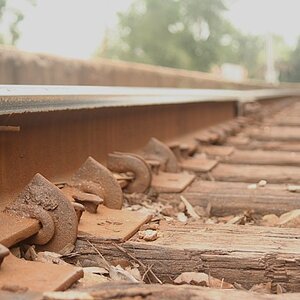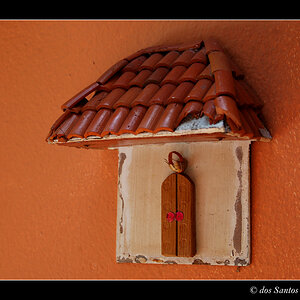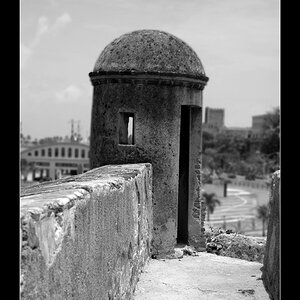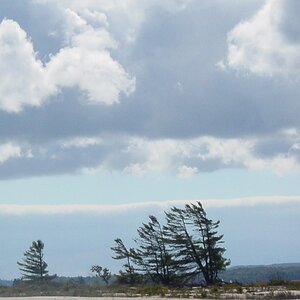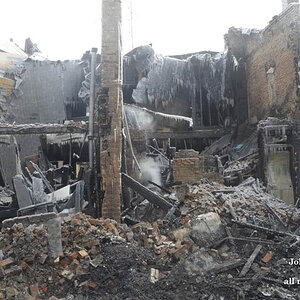keith foster
TPF Noob!
- Joined
- Nov 16, 2009
- Messages
- 506
- Reaction score
- 10
- Location
- Missouri, USA
- Website
- www.keithdewey3.smugmug.com
- Can others edit my Photos
- Photos OK to edit
Here is a partial view of our set up. And a few examples from todays shoot.
We would appreciate any c&c you care to offer. Our goal was to try some high key shots that would blow out the background and leave us with a lovely lady.
The images(except the studio set up) were pp;d in lightroom. Eyes sharpened hair lighted a few blemishes removed. Clarity nearly all the way to the left.
I posted a link because multiple people worked on these in post. I took the shots but my students set up everything the way they wanted and did the pp
I would like to hear what everyone REALLY thinks.
#1
http://farm5.static.flickr.com/4016/4407296931_3bf0c41795.jpg
EXAMPLE 1
http://farm5.static.flickr.com/4001/4407298723_c589e3191b_b.jpg
Example #2
http://farm5.static.flickr.com/4038/4408065366_53e2dc04f8_b.jpg
We would appreciate any c&c you care to offer. Our goal was to try some high key shots that would blow out the background and leave us with a lovely lady.
The images(except the studio set up) were pp;d in lightroom. Eyes sharpened hair lighted a few blemishes removed. Clarity nearly all the way to the left.
I posted a link because multiple people worked on these in post. I took the shots but my students set up everything the way they wanted and did the pp
I would like to hear what everyone REALLY thinks.
#1
http://farm5.static.flickr.com/4016/4407296931_3bf0c41795.jpg
EXAMPLE 1
http://farm5.static.flickr.com/4001/4407298723_c589e3191b_b.jpg
Example #2
http://farm5.static.flickr.com/4038/4408065366_53e2dc04f8_b.jpg
Last edited:


![[No title]](/data/xfmg/thumbnail/42/42460-80970c44cc9fb42dd0c86d08e7bc401d.jpg?1619740191)
![[No title]](/data/xfmg/thumbnail/37/37118-b2220638658eaeed2b9256c9a8fd0cf0.jpg?1619737883)
![[No title]](/data/xfmg/thumbnail/42/42463-03457f0869c7510e6fb947b21de31aba.jpg?1619740192)
